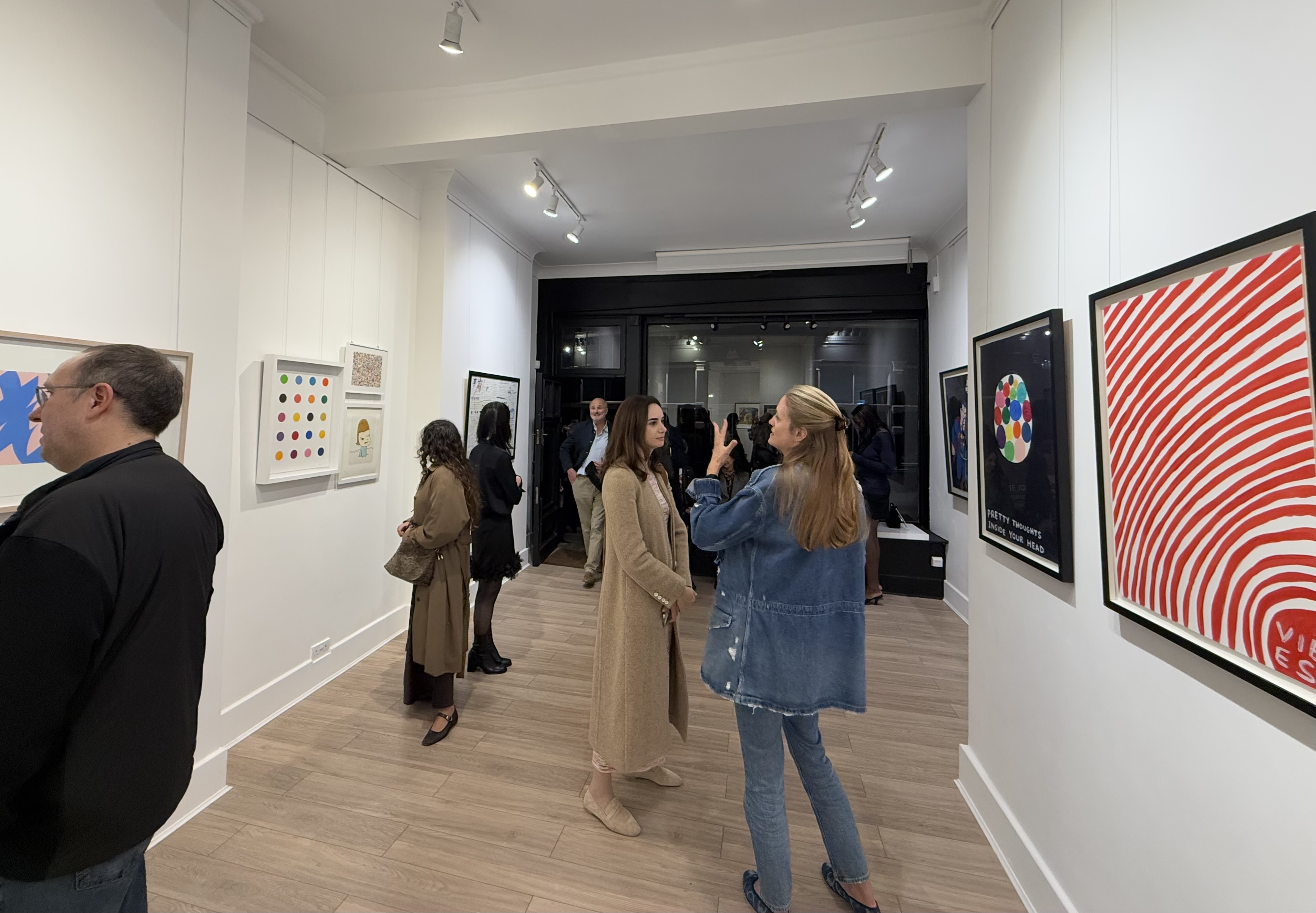Who can benefit from art-backed financing and why you should be looking into it
What is art financing?
Simply put, art financing or art-backed lending is a way to access capital from your art collection without having to sell a single piece. It gives you the ability to use artworks as collateral to secure a loan. Unlike traditional bank loans, approval is based on the art’s value and provenance rather than your credit score or income, with lenders typically advancing around 50% of an artwork’s appraised value. This makes it possible to quickly raise capital or fund new acquisitions while continuing to enjoy your collection.
As a seasoned collector, art financing can sometimes be the key to taking your collection to the next level. At Artscapy, our approach combines market-leading terms with our proprietary asset ratings, giving you access to liquidity backed by the strength of your artworks.
Why is liquidity important for collectors?
Liquidity provides agility. In the often fast-moving world of art, opportunities and obligations can arise at a moment’s notice. Having quick access to capital, without disrupting your portfolio, can make the difference between seizing an opportunity and missing it.
Here’s how art-backed financing can serve you:
- Settle time-sensitive purchases without liquidating other investments.
- Release liquidity from held pieces when market conditions aren’t ideal for a sale.
- Upgrade or diversify your collection by leveraging existing works to acquire the next prize piece.
- Use blue-chip art to fund new ventures, including investments in emerging artists or alternative asset classes.
Real-World Example: Turning Art Into Opportunity
Consider the case of a businesswoman in Kent who to complete a housing development project needed immediate capital. Rather than selling her Andy Warhol prints, she uses them as collateral for a rapid bridging loan, which is a short-term loan you can get quickly, often within days or even hours, to “bridge” a temporary gap in your finances. So, rather than selling her collection, she is able to receive quick funds to complete the project, while waiting for longer-term funds to come in, such as from the sale of the property. At that point, she can repay the principal amount plus any interest accrued and reclaim her prints.

Installation image, ICONS exhibition at the Marie Jose Gallery, 2025.
Why choose Artscapy?
Our benefits include:
- Loan size: Our loans are bespoke and range from £100k - £5M.
- Attractive loan-to-value: Up to 70% of the appraised value.
- Speedy process: Quick in-house appraisal and loan execution.
- Flexible terms: Loan terms range from 3 months up to one year with extension options.
- Competitive rates: Our proprietary asset rating methodology ensures the most accurate value for your art leading to the highest LTV ratios at the best interest rates.
- Reach: We finance internationally
Why mid-market collectors are overlooked and why that’s changing
Traditionally, art financing has catered almost exclusively to the ultra-high-end and been restricted to customers who need loans secured against artworks worth millions. This is because traditionally, the source for a loan is a bank and banks generally don’t commit resources to develop the specialist expertise required to assess art as collateral unless the stakes and potential returns are substantial.
Even auction houses such as Christie’s aim to “meet the liquidity needs of our clients by offering loans greater than $1,000,000 against their fine art collection”. Here, collateral is generally valued at 40–60% of the artwork’s worth and requires in-house specialists to manage valuations and logistics. While Sotheby's Financial Services reportedly saw a 50% growth in their art loan portfolio between 2021 and 2022, these are largely high-value loans, highlighting that these services remain firmly within the upper echelons of the market.
Traditional art financing remains geared toward collectors with art holdings in the multimillion-dollar range, precisely the tier that justifies the operational complexity, risk analysis, and infrastructure investment by banks and auction houses alike.As a result, mid-market collectors, those holding works in the £50,000–£600,000 range, have been largely left out of the conversation.
Yet these are precisely the collectors who can gain the most from art-backed financing:
- You may not want to sell a work to access funds, but you might want the flexibility to bid at auction next week.
- You may have a high-value piece, but your liquid capital is tied up elsewhere.
- You may be actively building your collection and want to leverage existing assets to fuel acquisitions.
With platforms like Artscapy focusing on this underserved segment, mid-market collectors can now enjoy the same sophisticated financial tools previously reserved for the top of the market without the prohibitive barriers.

Photo: © Rhea Mathur, ICONS exhibition at the Marie Jose Gallery, 2025.
Why you should be looking into it now
The art market is evolving, and with it, the tools available to collectors. Art-backed financing isn’t just about solving short-term liquidity needs, it’s about strategic portfolio management. Whether you’re seizing a timely opportunity, rebalancing your collection, or funding your next big move, financing against your art can give you the freedom to act decisively.
In a world where capital moves quickly, art-backed financing ensures your collection works as hard for you as you worked to build it.









